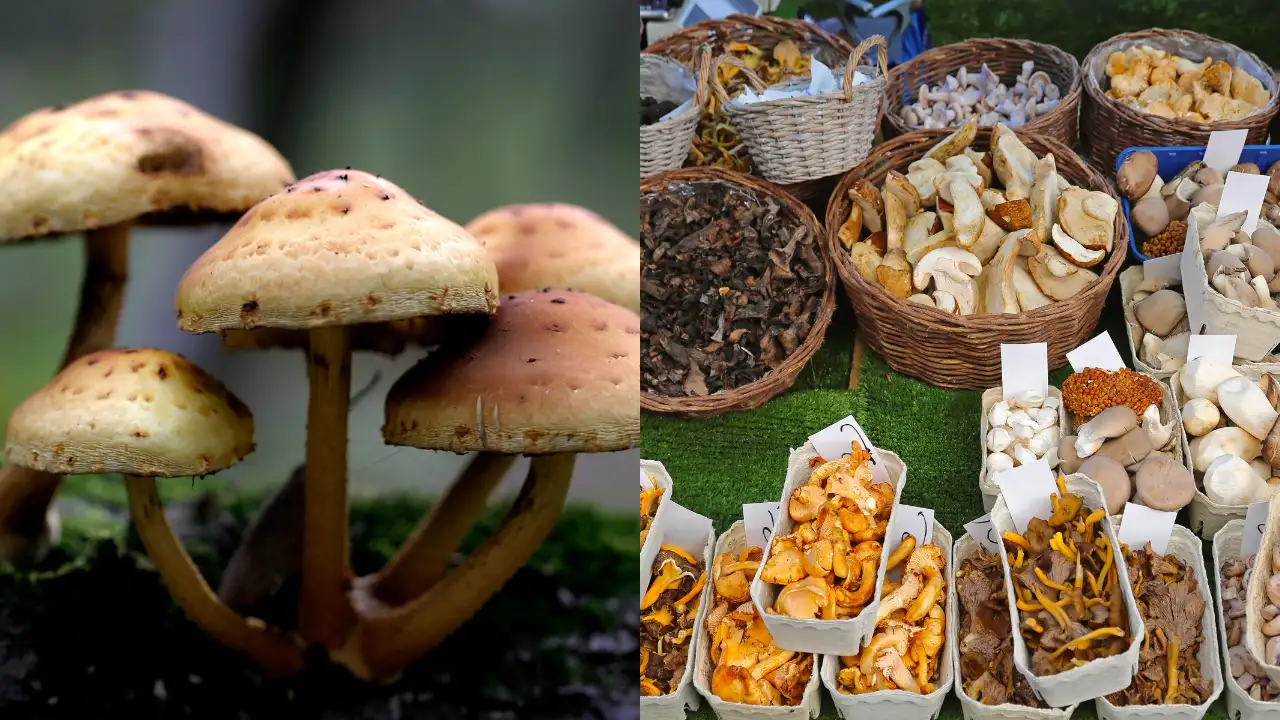Erin Patterson from Australia is at the centre of a shocking case that has caught everyone's attention. She was found guilty of murdering three of her family members and attempting to murder a fourth after serving them a homemade meal laced with deadly mushrooms.
Erin served them beef Wellington, which turned out to be a fatal feast. Her in-laws, Don and Gail Patterson, and her husband's aunt, Heather Wilkinson, didn’t survive the meal. Pastor Ian Wilkinson, Heather’s husband, barely escaped death after weeks of excruciating pain. The dish was made of death cap, one of the deadliest fungi to ever sprout from forest floors.
And people unknowingly consuming poisonous mushrooms is disturbingly more common than we would like to admit, especially in places where wild mushrooms are part of the local diet. Take Meghalaya, for instance. In May, at least six people from East Jaintia Hills died in separate incidents after consuming poisonous mushrooms.
The problem?
Poisonous mushrooms mimic the edible ones in colour, shape, and even smell. That sweet, earthy scent you associate with a warm mushroom risotto? That could belong to a toxic variety. Even parasol-shaped mushrooms, or the "little brown mushrooms", could be death traps.
Health officials have warned for years: cooking does not kill all mushroom toxins.
Symptoms of mushroom poisoning can range from nausea and diarrhoea to more severe effects like hallucinations, confusion, rapid heartbeat, and even kidney or liver collapse. And it is not always instant. The most dangerous varieties, like the death cap (Amanita phalloides), might take hours or even a day before symptoms show—by which time, the toxins may have already started wreaking havoc inside your organs.
Of course, not all mushrooms are bad. But identifying the safe ones requires more than a quick Google search. Even local markets have been known to mix up edible and toxic varieties, especially during the monsoon season, from April to October, when mushrooms sprout fast, unpredictably, and potentially explosively.
How can you avoid mushroom poisoning?
According to doctors, always take the following steps to prevent poisoning:
- Never eat wild mushrooms unless you know what variety of mushrooms they are
- Be cautious when collecting mushrooms from forests or unknown areas
- Buy mushrooms only from clean and trusted sources
- Avoid mushrooms that appear unhygienic or spoilt
- Wash and cook mushrooms properly before consumption
- Seek medical attention immediately if symptoms of poisoning appear
What should you do if mushroom misfortune strikes?
Get to a hospital, fast. Treatments range from IV medication and sedatives (particularly if you are experiencing hallucinations) to dialysis if the poison has seeped into your bloodstream. There is no universal antidote, so time is crucial.
Maybe skip the forest foraging unless you are a trained mycologist. Or better yet, stick to supermarket shelves.
